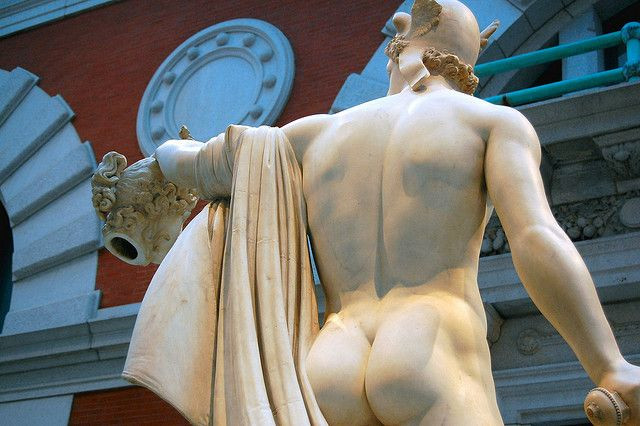Masculine Men May Have Poorer Sperm Motility, Due To Greater Testosterone Levels

Guys with classically masculine facial features, such as square jawlines and pronounced cheekbones, may produce sperm of a lower quality than men who don’t share the same features, a new study finds.
The findings rely on an oft-studied phenomenon in the animal kingdom known as the phenotype-linked fertility hypothesis. It states the greater presence of male sexual ornaments signals a stronger vitality for reproduction. These ornaments are typically anatomical in nature, such as the set of feathers on one species of bird or the song of another.
But in humans the hypothesis hasn’t gotten much attention. So researchers recruited a group of 62 college students, from both Colombia and Spain, to rate the physical attractiveness of select pictures of men who had donated their sperm earlier in the experiment. Researchers censored all but the subjects’ faces, including hairstyle, to minimize external influences.
They compared levels of attractiveness, masculinity, and sperm health to determine which features, if any, correlated with one another. The results were decidedly lukewarm. While they did find a significant negative relationship between masculine features and sperm motility, the significance vanished when the team controled for outright unhealthy sperm. It was the outliers, in other words, that were doing the heavy lifting.
So, the hypothesis didn’t seem to ring as true as they might have expected. But they did find a relationship between how males perceived males versus how females perceived males. The subjects most likely to rate the faces as attractive were other men, and particularly among the Spanish students.
“This suggests that male facial cues may provide culture- and sex-independent information about male fertility,” they wrote. However, it also indicates humans may be poor judges of attractiveness when it comes to people who are culturally near to them. And males, on average, are worse judges than females.
What does the study say about the phenotype-linked fertility hypothesis as it relates to humans? Unfortunately, not much. A large camp of evolutionary biology likes to believe the animalistic traits we possessed as ancient hominids have changed to accommodate modern-day mating rituals. All women want tall, protective men in good social standing, they are apt to say. Beneath our material, hi-tech infatuations are primal desires that prove even if we’re a population of smart animals, we’re still animals.
Science is increasingly finding these theories don’t hold much water. Tall men, with their far-reaching gaze, may have the advantage over short men when it comes to scanning the plains for enemies, or dinner, but if a woman’s goal is to keep a tidy house and send her kids to college, short men — the biological underdogs — tend to prevail.
Prior research has upheld the link between elevated testosterone levels and poor sperm. In their study, masculine men were thought to have low sperm counts in part because they don’t need as much, being the sexual dynamos they are. However, since the researchers were also measuring attractiveness, it’s worth mentioning the attractive men (who weren’t necessarily masculine) had better sperm. Chalk this one up to round jaws and low cheekbones.
Source: Soler C, Kekäläinen J, Núñez M, et al. Male facial attractiveness and masculinity may provide sex- and culture-independent cues to semen quality. Journal of Evolutionary Biology. 2014.



























